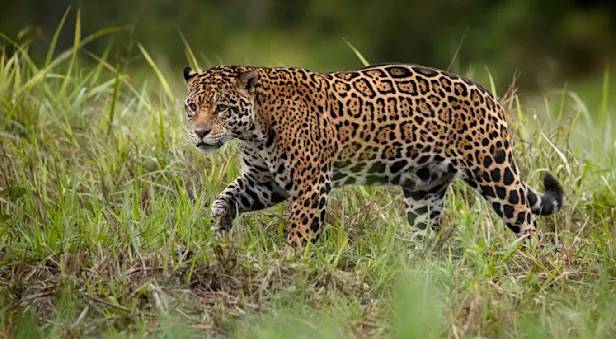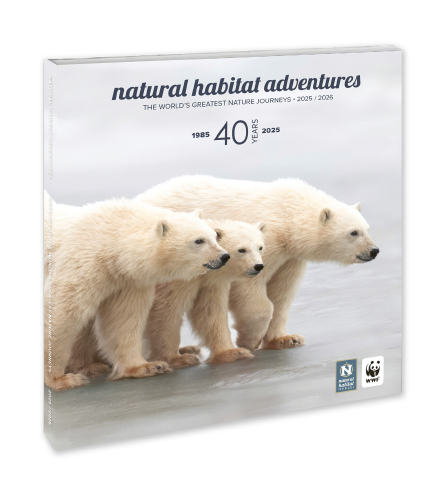Jabiru Stork Facts | Brazil Wildlife Guide
The jabiru stork holds the title for largest flying bird in the Americas. It grows 4 to 5 feet tall and has a wingspan of 9 to 12 feet. Breeding storks enjoy the marshlands available in the Pantanal region.
Building nests is a major construction job. The brooding nest is generally built on a high tree in an open area above the rainforest. The cumbersome birds weave a platform from large branches measuring as much as 10 feet across. The hatchlings (two to four) are an indiscriminate gray color that eventually changes into the adult coloration of a black beak, white body, and black head, with a bright red band below the neck.
Occasionally seen in farmers’ fields, from a distance these storks look like bent-over old men wearing red neckties. The birds feed in and around swamps and ponds, preferring snails, frogs, small mammals, fish and especially reptiles.
Header Credit: John Tann [CC BY 2.0], via Flickr
See Jaribu Storks on These Latin American Adventures

Jaguars & Wildlife of Brazil's Pantanal
Track jaguars, scout for tapirs, look for hyacinth macaws and more in South America’s most extensive wild frontier—the sprawling wetlands of the Pantanal—with some of the planet's most abundant wildlife.
























